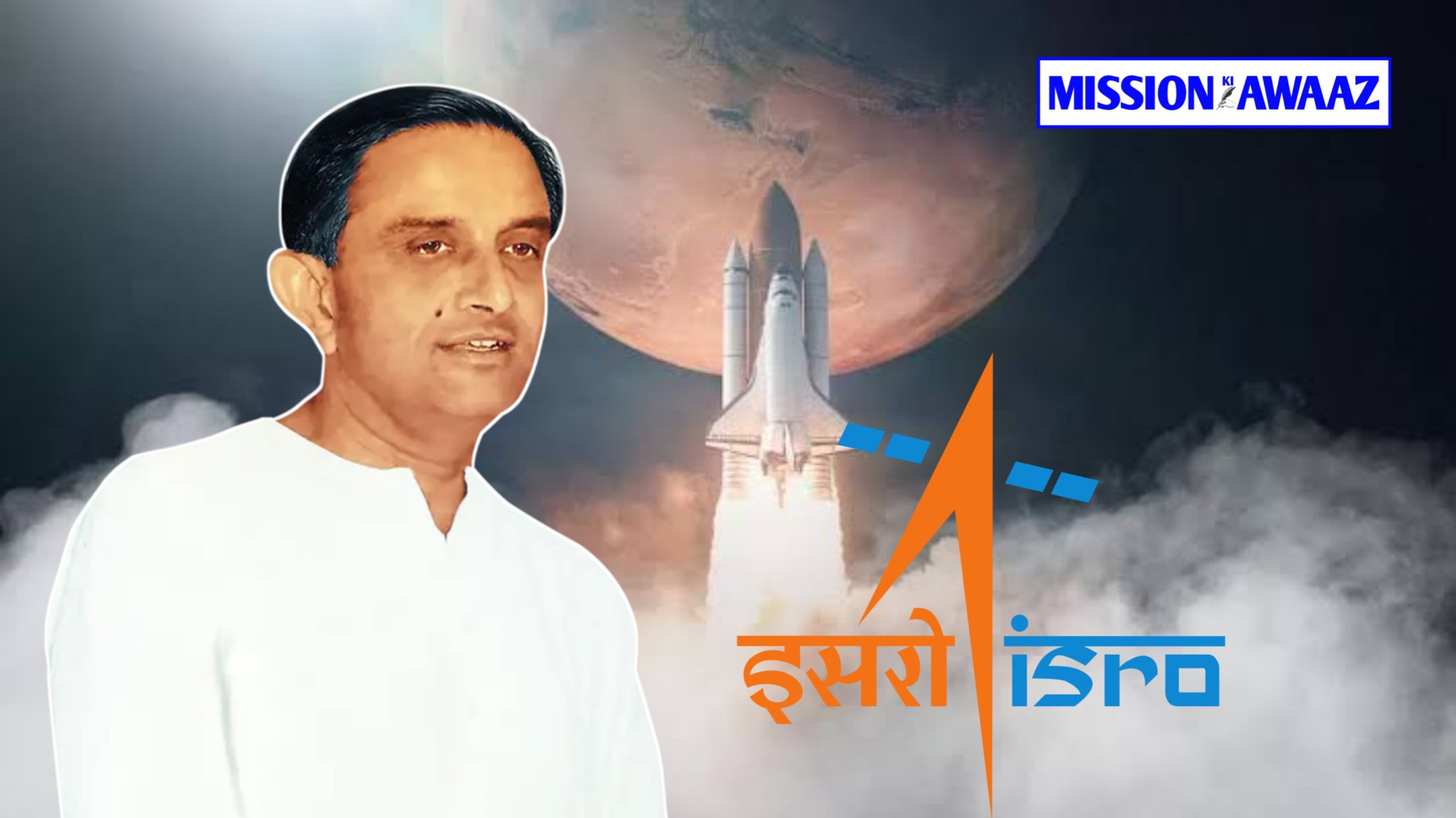India’s space agency, Indian Space Research Organisation (ISRO), has made its mark on the world stage today. Missions like Chandrayaan, Mangalyaan, and Aditya-L1 have not only increased India’s pride, but have also demonstrated the art of executing big projects on a low budget across the world. But do you know that ISRO did not achieve this height overnight? Its foundation was laid in 1962 as INCOSPAR, and behind it was the vision of Dr. Vikram Sarabhai.
INCOSPAR: The first step towards India’s space dream
In the year 1962, India took the first step towards realizing its space research dream. At that time resources were very limited, and scientists had to work with the help of simple equipment. Nevertheless, Indian National Committee for Space Research (INCOSPAR) was formed under the leadership of Dr. Vikram Sarabhai. This committee was the first formal institution of India’s space research. INCOSPAR gave direction to the initial experiments and laid the foundation for making India self-reliant in the space sector with small steps.
Vikram Sarabhai, who is considered the father of India’s space program, did not limit INCOSPAR to just a research committee. His vision was that India should not only launch its satellites but also make its mark in space research at the international level. INCOSPAR established the Tumba Equatorial Rocket Launching Station (TERLS), which is an important part of ISRO today. From this station, India launched its first rockets, which proved to be a milestone for Indian space research.
Formation of ISRO
As the scope of INCOSPAR’s projects and research increased, it became clear that India needed an independent and full-fledged space agency. In the year 1969, the Indian Space Research Organisation (ISRO) was established. This new organization carried forward the legacy of INCOSPAR and transformed it into a strong mission at the national level. Dr. Vikram Sarabhai played an important role in this change. The formation of ISRO was not just a name change, but it was a concrete step to take India’s space program to new heights.
ISRO made it clear right from its inception that it can achieve big goals even with less resources. The launch of India’s first satellite, Aryabhatta, in 1975 proved this. Subsequent rockets like SLV (Satellite Launch Vehicle) and PSLV (Polar Satellite Launch Vehicle) brought India’s indigenous technology to the world. ISRO not only launched satellites for its own country, but also provided affordable and reliable launch services for other countries.
ISRO from Chandrayaan to Aditya-L1
Today ISRO is one of the top space agencies in the world. Its list of successes is long, but there are some missions that gave it global recognition. Chandrayaan-1 (2008) discovered water molecules on the surface of the Moon, which was a historic achievement. Mangalyaan (2013) made India the first country to reach Mars in the first attempt itself. Subsequently, Chandrayaan-2 and Chandrayaan-3 further strengthened India’s mastery in lunar exploration. The successful landing of Chandrayaan-3 made India the first country to reach the south pole of the Moon.
Aditya-L1, India’s first solar mission, is adding a new chapter in the study of the Sun. Apart from this, ISRO has proved its capability in every field from small satellites to interplanetary missions. Its art of completing high-quality missions at low cost has also impressed organizations like NASA and the European Space Agency.
